- The news is an exciting development for the Netherlands, as the project will help the country transition to a clean energy future
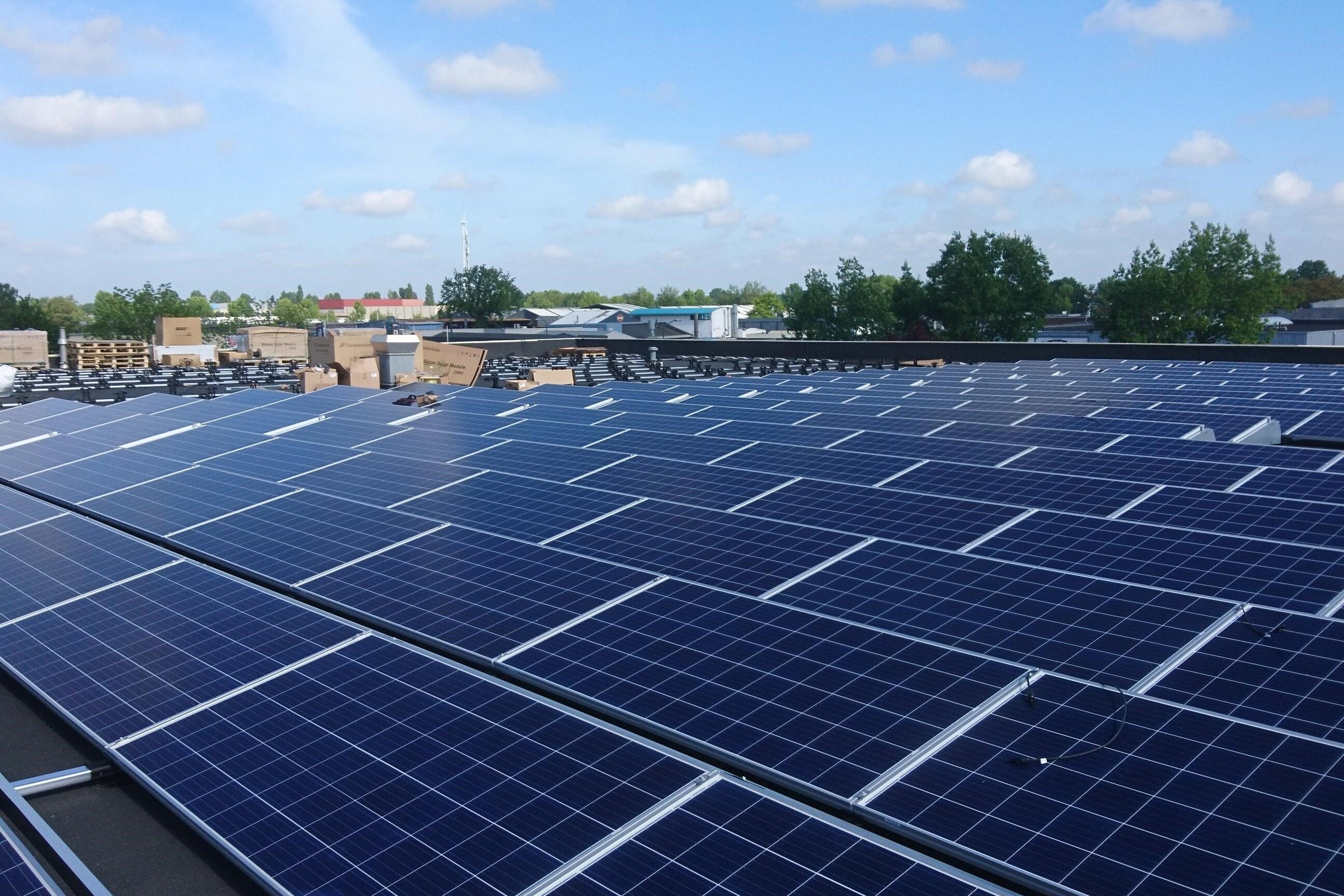
The Netherlands Organisation for Applied Scientific Research (TNO) has released a new report outlining two possible scenarios for the country's energy system to achieve a fully decarbonised economy by 2050. Both the adaptation and transition scenarios include strong growth in renewables and hydrogen, and according to the report authors, a major shift to clean energy will not result in higher costs. The country's energy demand is expected to grow to 500TWh from around 110TWh currently. Contributing less to meeting Paris climate goals, fossil fuels are still partly used as raw materials, and emissions from international aviation and shipping have only been cut in half.
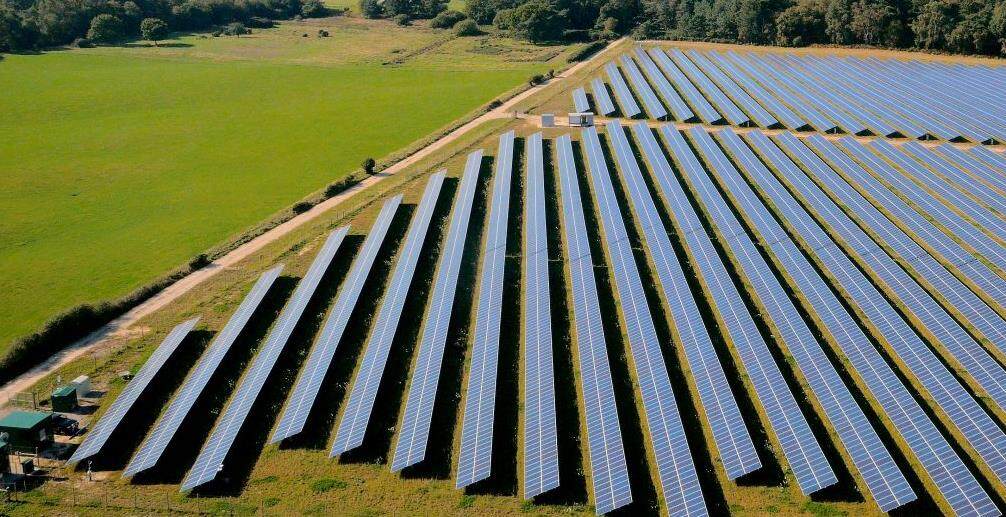
The transition scenario raises the bar considerably, as a radical change in behaviour is required and far-reaching energy savings need to be achieved to reduce energy demand. In this scenario, renewable energy would cover almost all of the country's electricity needs by 2050, but imported electricity would be required to meet all consumption. The Adapt scenario envisages that the Netherlands could have 98.5 GW of installed wind and solar capacity by 2050, including 36 GW of offshore wind, 7.5 GW of onshore wind and 55 GW of solar PV, which are not expected to operate nuclear power capacity. In contrast, under the Transform scenario, nuclear power could have a share of around 7%, thanks to 5 GW of installed capacity, 132 GW of solar, 70 GW of offshore wind, and 12 GW of onshore wind, for a total capacity to 214 GW.
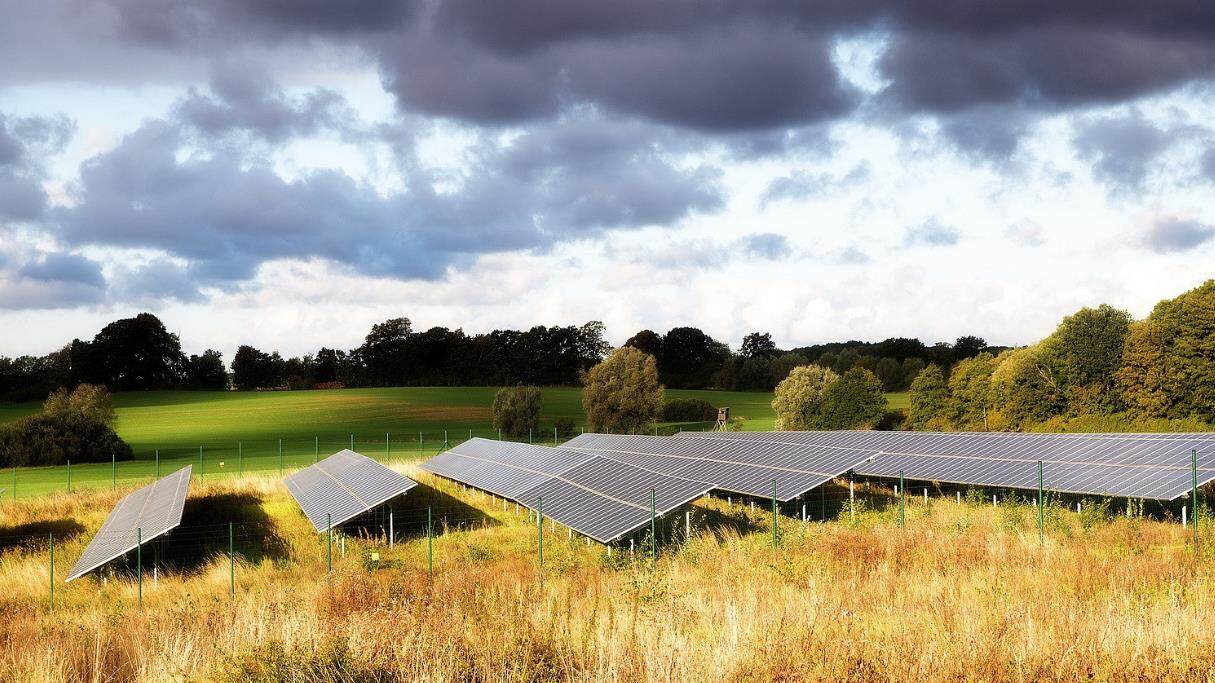
In both scenarios, the share of solar and wind in the country's electricity mix will exceed 80% by 2030 and 90% by 2050. "We will have to fight to use as much solar and wind energy as possible to supply energy and make heavy industry more sustainable," said the TNO expert. "Nuclear energy can be a necessary and CO2-free complement to this, but it should not be overshadowed. Ambition for solar and wind." Keywords: engineering construction, engineering news
According to the Netherlands Central Statistics Office, by the end of 2021, the cumulative installed PV capacity in the Netherlands will reach 14.3 GW. Last year, the Dutch solar market added 3.3 GW of new capacity. In contrast, newly deployed PV systems reached 2.93 GW in 2020, 2.57 GW in 2019, 1.69 GW in 2018 and 853 MW in 2017.Editor/XingWentao
Comment
 Praise
Praise
 Collect
Collect
 Comment
Comment
 Search
Search




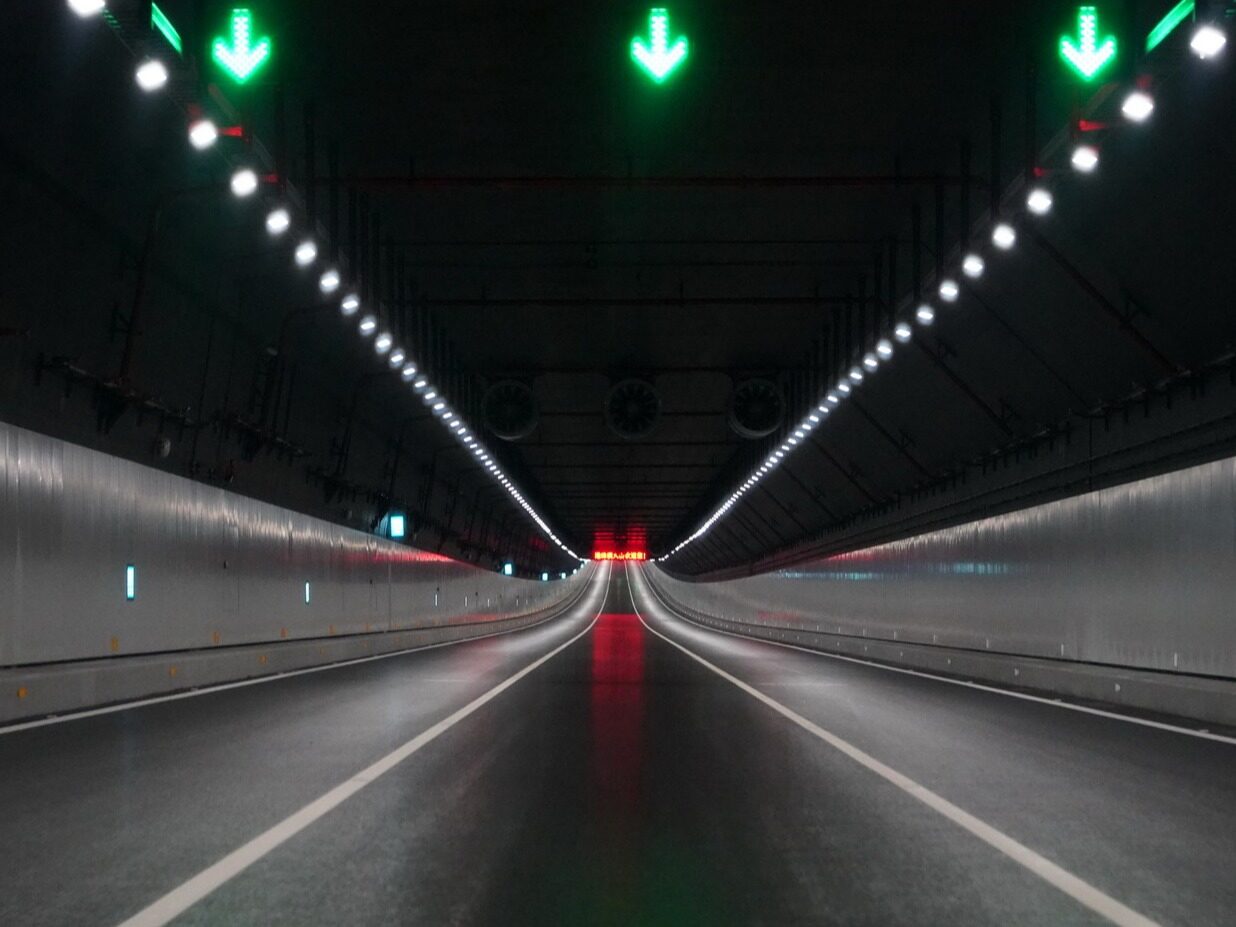
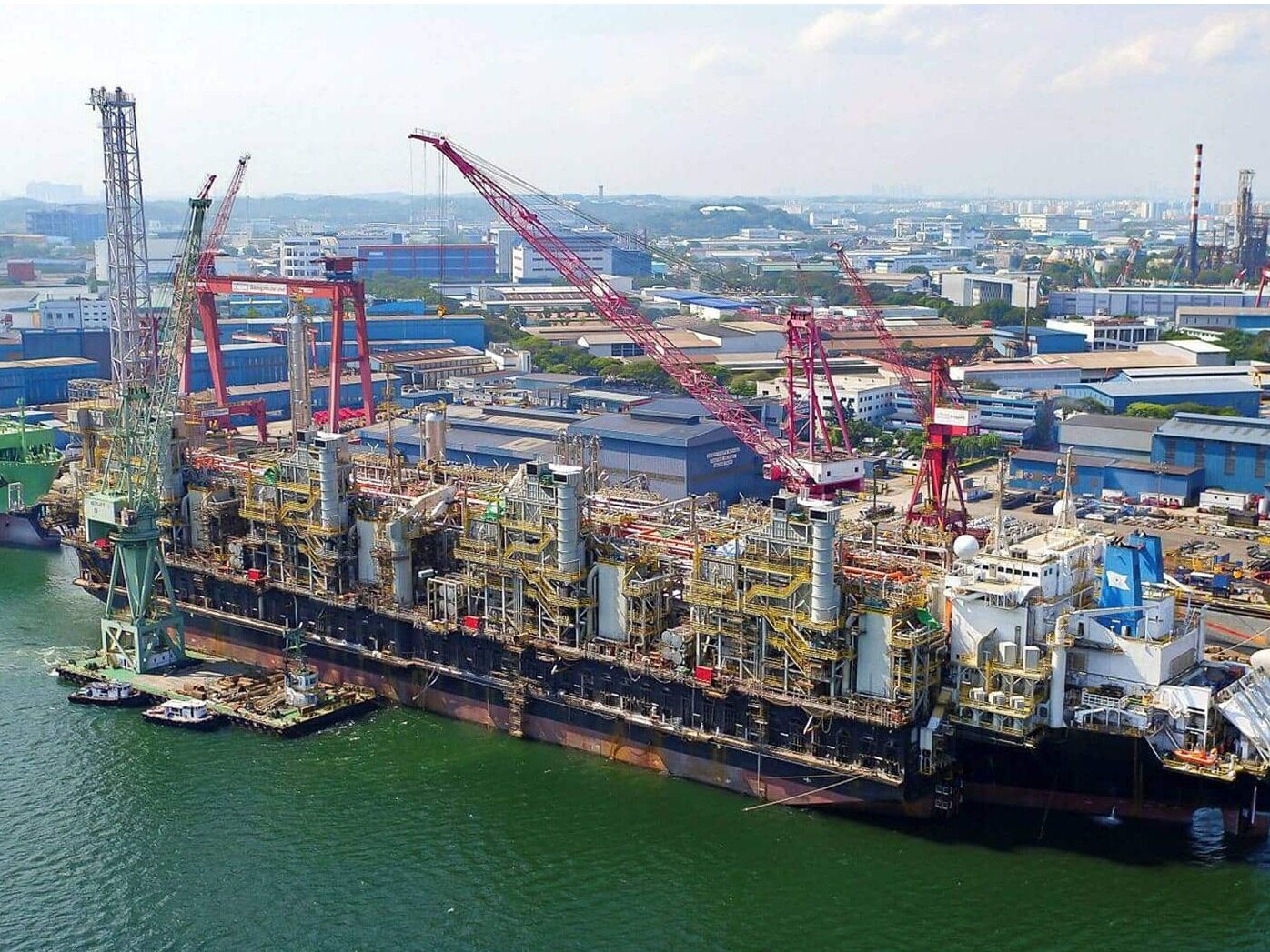

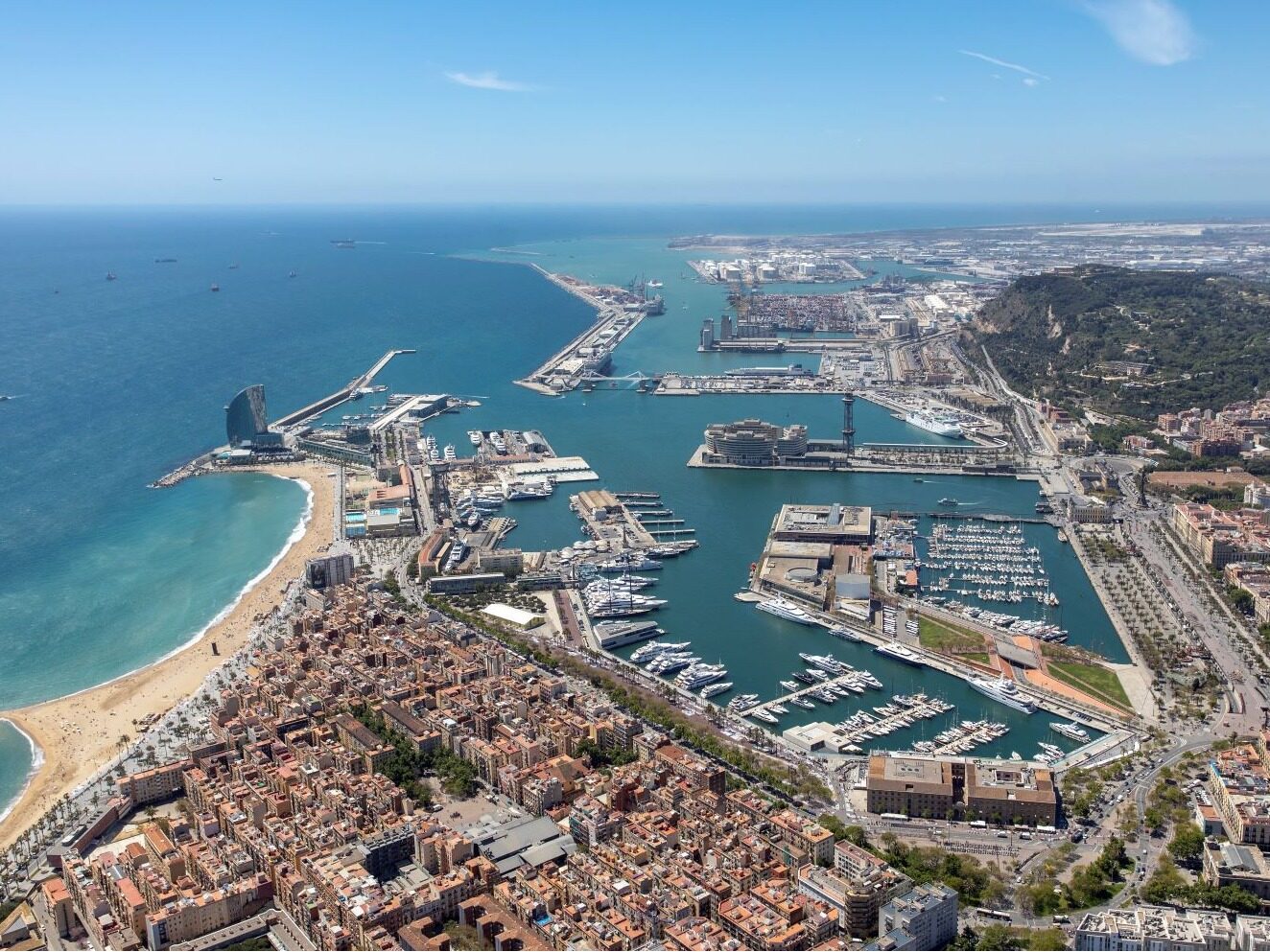






Write something~